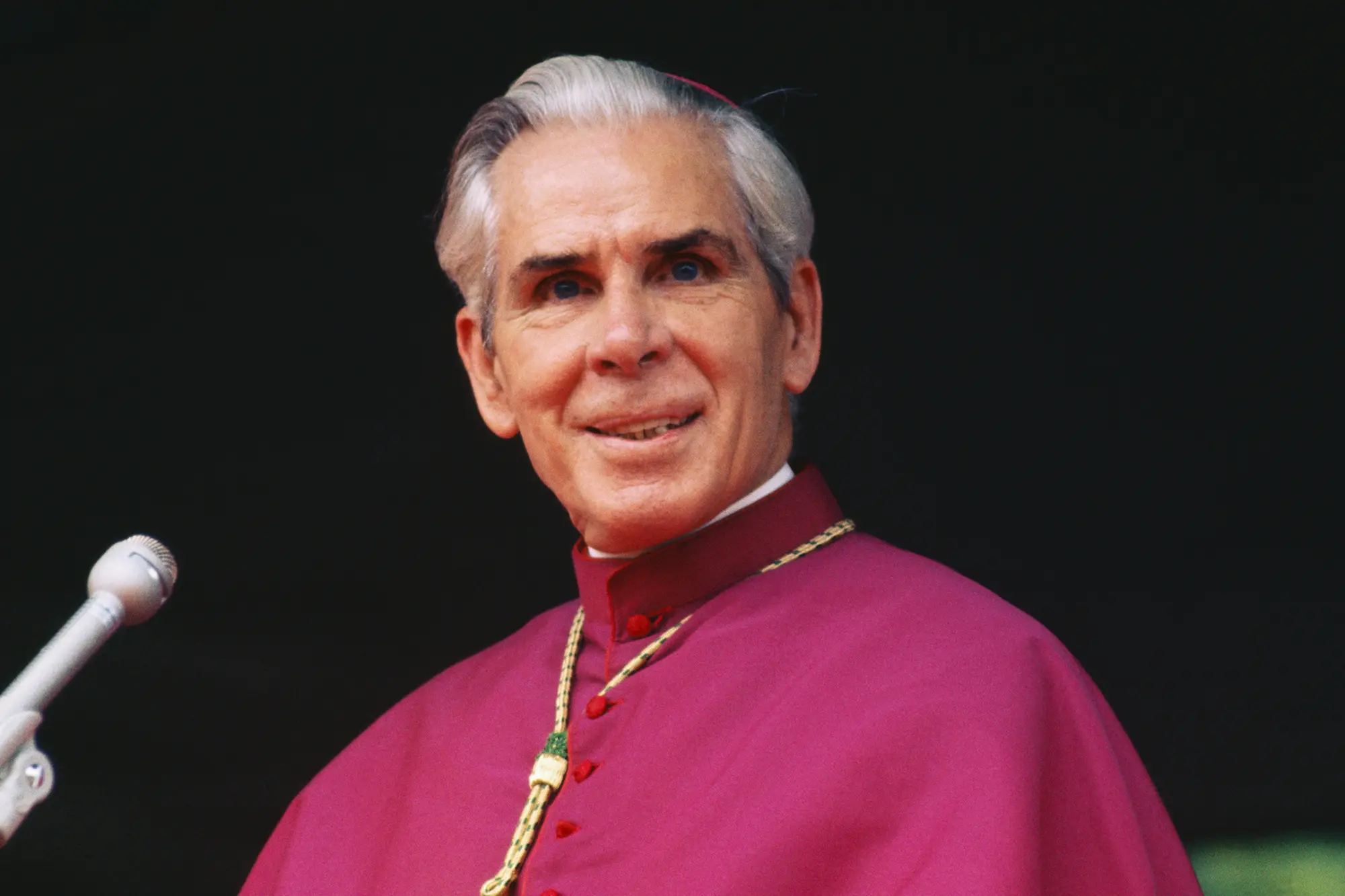
Category: Saints
-

Our Lady’s messages concerning the Divine Will in Fr. Stefano Gobbi’s Book –“To The Priests, Our Lady’s Beloved Sons”
Read More: Our Lady’s messages concerning the Divine Will in Fr. Stefano Gobbi’s Book –“To The Priests, Our Lady’s Beloved Sons”Powered By EmbedPress Powered By EmbedPress
-

St. Bernadette’s Last Words
Read More: St. Bernadette’s Last WordsThe final hours of St. Bernadette’s life on earth were agonizing, as she united her suffering with that of Christ and prayed to the Virgin Mary for strength. As the miraculous waters at Lourdes became widely known, St. Bernadette chose to live a life of prayer and solitude. She joined the Sisters of Charity and spent…
-

Where did St. Joseph die?
Read More: Where did St. Joseph die?By Aleteia St. Joseph is widely known as the patron saint of a “happy death,” but do we even know where he died? The Bible does not give us much information about St. Joseph, aside from a few verses that explain what he did in Jesus’ early childhood. After Jesus’ childhood, it is not certain…
-

What Happened at Venerable Fulton J. Sheen’s Last Day?
Read More: What Happened at Venerable Fulton J. Sheen’s Last Day?‘I want to see the Lord. I have spent hours before Him in the Blessed Sacrament. … [N]ow I want to see Him face-to-face.’ God lavished many gifts upon Venerable Archbishop Fulton Sheen, including a brilliant mind, a remarkable memory, a magnificent voice, and enviable oratorical skills. He transcended the parish and the diocese.…
-

The Litany of Trust
Read More: The Litany of TrustFrom the belief that I have to earn Your love, Deliver me, Jesus. From the fear that I am unlovable, Deliver me, Jesus. From the false security that I have what it takes, Deliver me, Jesus. From the fear that trusting you will leave me more destitute, Deliver me, Jesus. From all suspicion of your…
Search
Popular Posts
-
🙏 A New Chapter Begins: Supporting Pope Leo XIV with Prayer and Hope | W/ Daniel O’Connor
“Give the new pope a break and support him with your prayers.”–…
-
Possible Candidates for The Next Pope!
Some Candidates for the New Papacy Today we will share with you…
Categories
Archives
Tags
#Miracles (102) 2023 (4) 2024 (4) approved miracles (2) catholic (141) catholic blog (375) catholic meditations (7) catholic miracles (371) catholic motivation (2) catholic news (371) catholic prayers (4) CatholicSeers (359) catholic vlog (375) catholic websites (6) Eucharistic miracle (2) fr jim blount (3) GisellaCardia (11) hamas (3) imitation of christ (2) Israel (4) israel live (5) Israel news (9) jesus (3) jesus christ (4) Latest messages (11) lent 2023 (10) lent 2024 (4) lent homily (2) lent retreat (4) lent retreat 2023 (3) Lourdes (2) messages from god (6) MessagesFromHeaven (364) miracles of catholic church (2) mother and refuge (2) ourlady (325) OurLadyApparitions (22) our lady of lourdes (2) Pope (2) POPE francis (3) pope francis news (2) prayers (3) real miracles (356) sacred heart of jesus (2) The Miracles of Lourdes (2)









